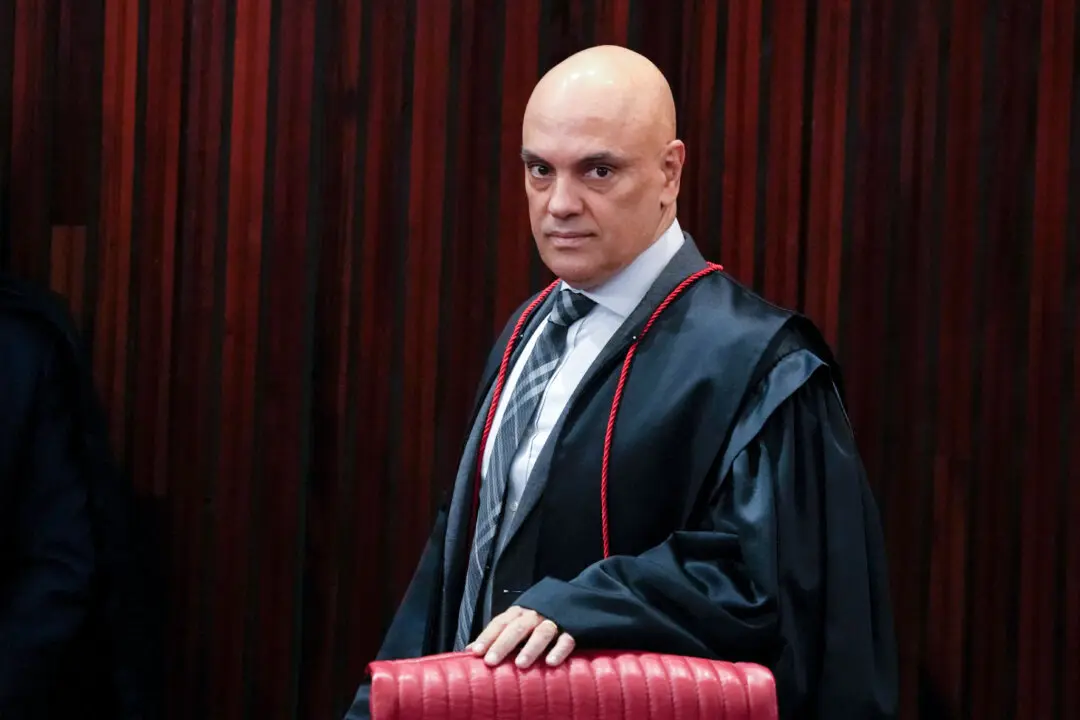RIO DE JANEIRO—Forensic investigators and researchers awaited access Sep. 4 to the National Museum of Rio de Janeiro, gutted in a fire, to find out how the blaze began and what remains of the 20 million artifacts that made the museum one of the most important in Latin America.After a fire tore through the museum Sep. 2, engineers were doing tests on the structure to make sure it wouldn’t collapse. Authorities had expressed concern on Sep. 3 that internal walls and parts of the roof were weak.

Students and National Museum employees protest outside the institution after it was gutted by an overnight fire in Rio de Janeiro, Brazil, Monday, Sept. 3, 2018. Recriminations flew over who was responsible for the loss of at least part of Latin America’s largest archive of historical artifacts, objects and documents. AP/Silvia Izquierdo




